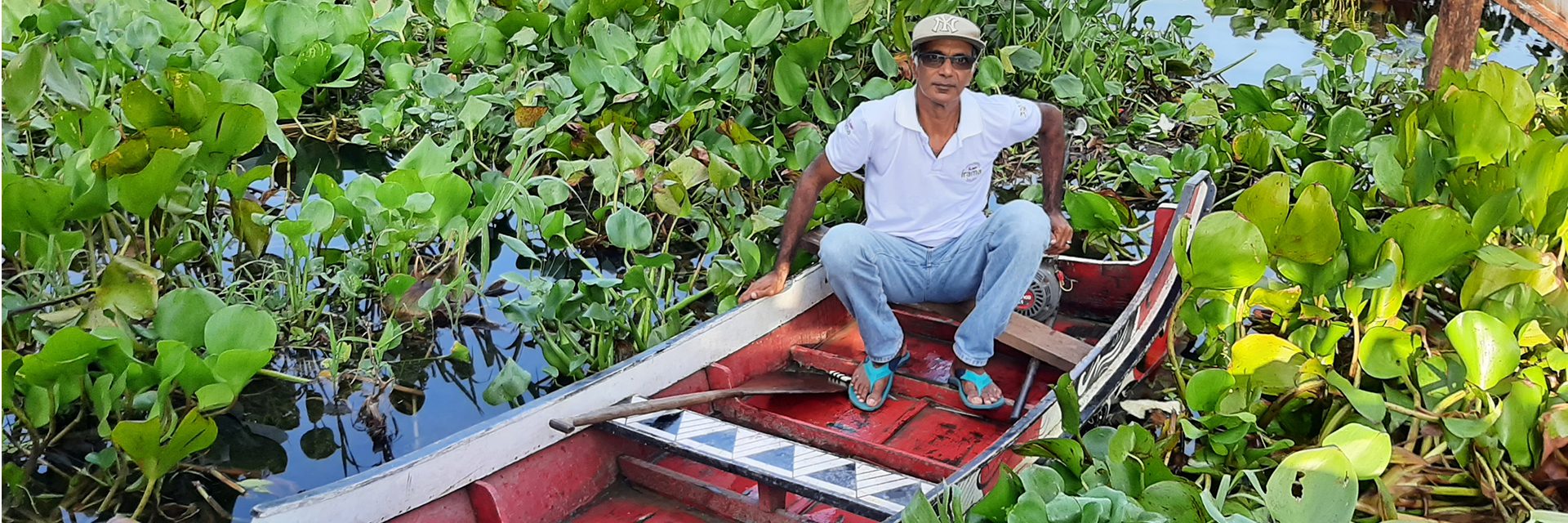(April 7, 2022) Designing and architecture were her first love. But her passion heightened multi-fold after Pune-based Dhara Kabaria chanced upon upcycling during her master’s degree in alternative use of materials and designs at the Kent Institute of Art and Design in the UK. “It was a turning point for me,” Dhara tells Global Indian. The zeal for creative reuse gave birth to Studio Alternatives, a design agency that finds its roots in sustainability. But what sets them apart is their expertise in container architecture. And their endeavour to promote recycling into the mainstream with Alternative Reuse and Upcycling Foundation, a nonprofit.
Dhara and her co-founder Sonali Phadke make beautiful living spaces from recyclable shipping containers. The duo, who first met in 2014, fell in love with container architecture right after their first project. “We were already designing with upcycled material but had never explored containers. So, when approached to work on a home made from shipping containers, we took it as a challenge. We knew that it was popular in Europe, but India was yet to explore its potential,” pipes Dhara whose interest was piqued after the successful debut.
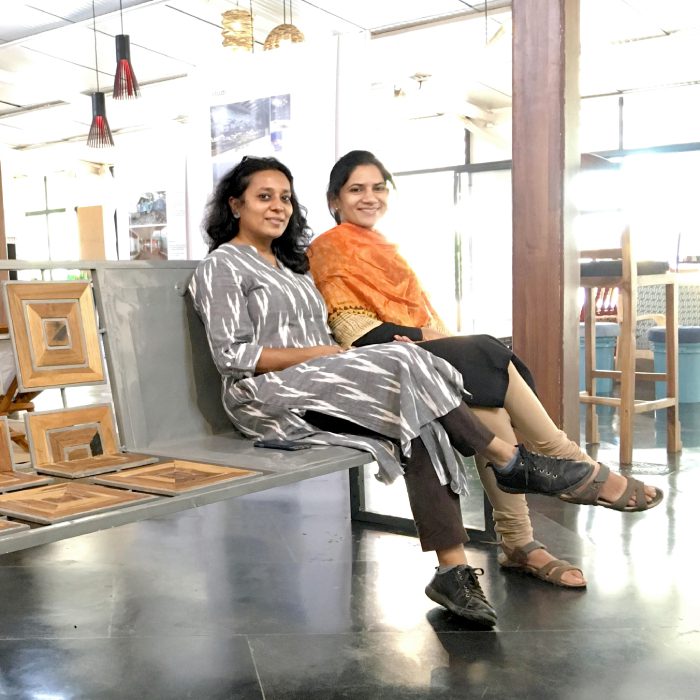
Dhara Kabaria (L) and Sonali Phadke (R)
A project that changed it all
The duo took some time to understand the nuances, and it was after a year of setting up the entire system, they nose-dived into container architecture. “For us, it started as an exploration – to understand the dynamics of container upcycling,” says the designer who calls creative reuse not just their business but also a lifestyle.
The debut project gave way to varied spaces made out of shipping containers – homes, schools, restaurants, cafes, and technical spaces. With more people turning towards sustainable living spaces, Dhara and Sonali had more inquiries coming in. “If we got only 100 queries in 2015, it has now increased to 10,000. The graph is going high. People are now inquisitive about this alternative way of living,” adds Dhara, who works with a small team of skilled workers like fabricators, carpenters, and painters.
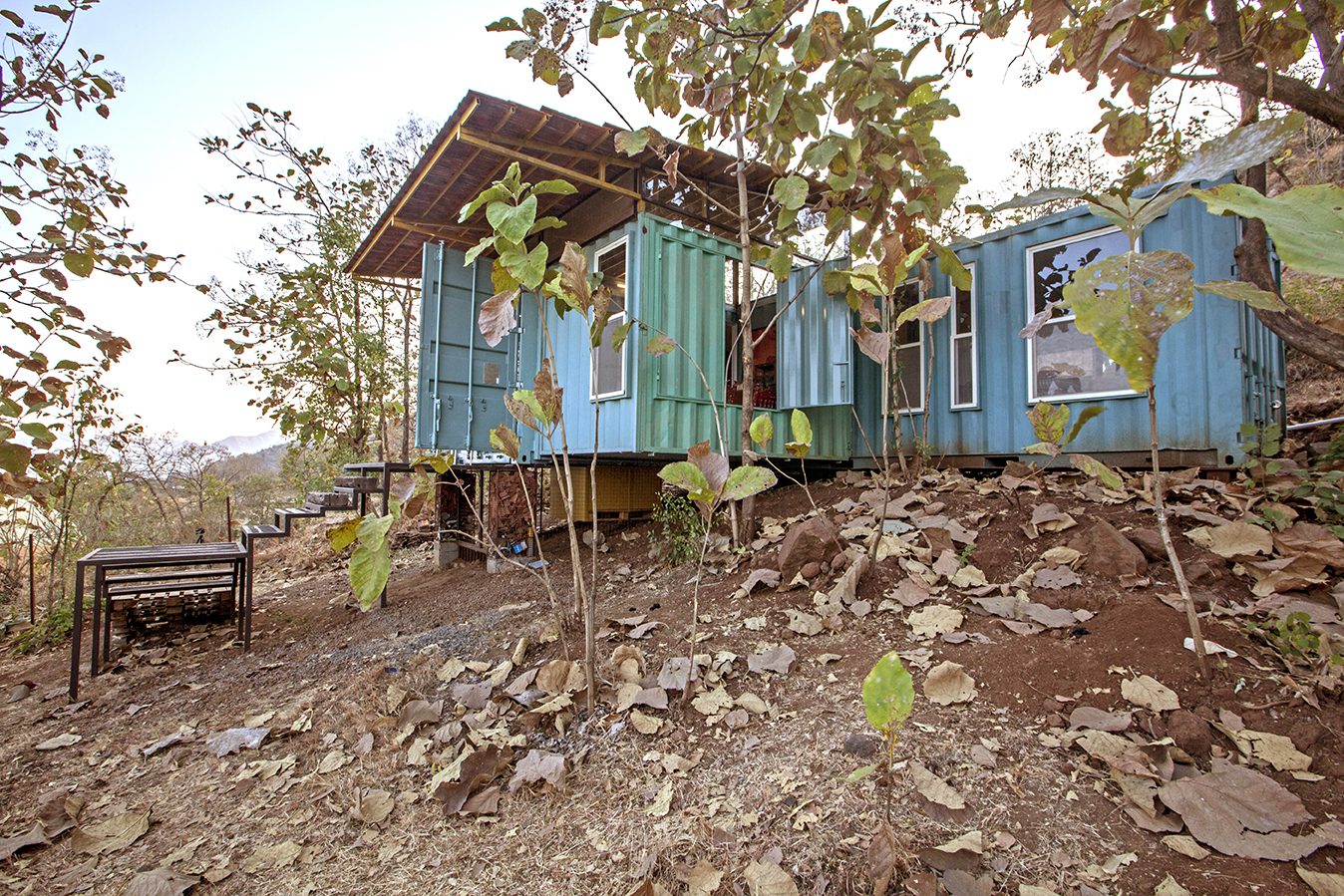
The spaces are constructed at their studio in Pune and are later mounted onto trucks and delivered to sites. Container architecture is not only sustainable but also portable. “What makes them different from regular spaces is the advantage of portability. One can rent land in any part of the country, and get these structures installed on site,” says Dhara, who believes that it provides a “sense of freedom” to anyone who isn’t keen on staying in one place for long. “You can either move the home with you or sell it,” she informs.
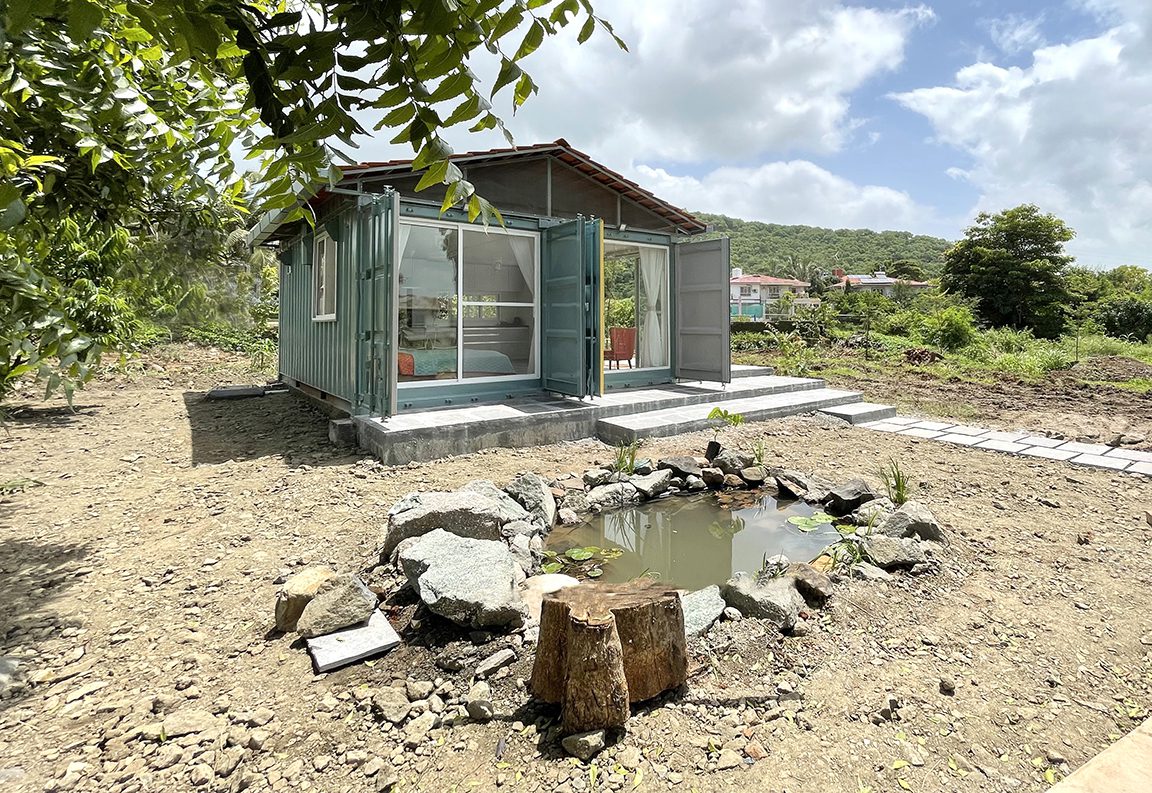
A home made from shipping containers
While regular homes turn into a stack of debris after demolition, containers spaces can be transferred, sold or recycled. “The flexibility it provide is unlike any,” adds the 44-year-old who has till now worked on 25 projects in container spaces. “We have used 70+ containers which are available in two sizes- 20 feet and 40 feet,” she reveals.
Converting containers into living spaces
But how does one transform shipping containers into living spaces? “We first buy containers from JNPT port in Navi Mumbai, transport them to our studio. We then clean and make them rust-free. Each space is customised, so we design the space, work on fabrication and insulation, electrical work, plumbing, doors and windows. But what sets us apart is that these spaces are made in three-four months,” says the designer. They also monitor the site where it is installed. “The water points and sewage systems are put into place accordingly,” adds Dhara. She reveals it takes between one to 10 days to install a home at a site dependant on complexity.
The biggest enemy of steel containers is the heat, and Dhara and Sonali have found a solution for it too. “We add a second roof and try to keep good ventilation with the help of windows and green terraces. Also, the placement of the house on the location helps in beating the heat,” says Dhara who has constructed homes and spaces which work even without an AC in Maharashtra’s heat.
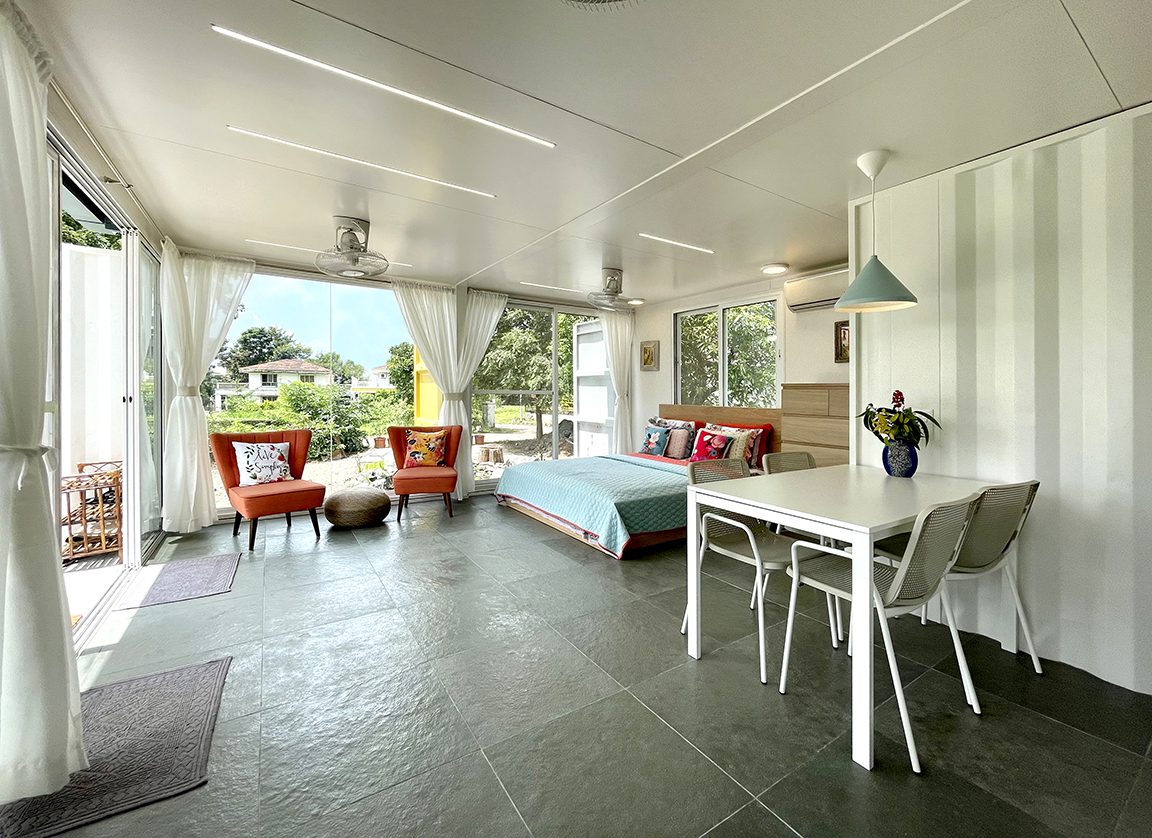
The interior of a home made from shipping container
Her own home in Pune is the perfect example. She began with two 20 feet containers as her favourite project. “I am biased towards it. When we had started, many wanted to see how a home would look and feel inside. So, we made a two-storeyed home, and used 65 percent reclaimed material like wood for windows and doors. We even added a motorised openable deck. We have now added another container, so now it’s a lego-like house,” beams Dhara with pride.
While the trend is catching up, Dhara feels it has a long way to go. “The cost of making a sustainable home is equal to or more than a regular home as steel is expensive. Affordability is often a concern,” she adds.
The turning point
Happy to explore the possibilities of container architecture, the Katni-born girl was raised in Bhavnagar in Gujarat. It was during the construction of her home in Class 10 that she was enticed by the art of designing. “My dad was a civil engineer and I would often see him having long discussions with architects in our house. That got me interested in architecture and design,” says the designer who enrolled at CEPT, Ahmedabad. “It was the best training ground as I was introduced to weaving, woodwork, and traditional prints,” says Dhara who met her guru Dashrath Patel, the legendary interior designer during the course. “Under his guidance, I flourished. He not only guided me on my thesis but also took me under his wings as an apprentice,” reminisces Dhara.
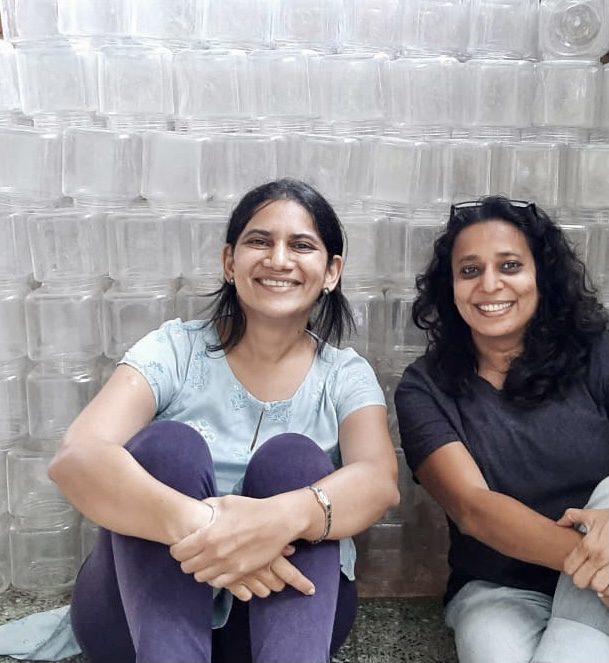
Sonali Phadke (L) and Dhara Kabaria (R)
Later, she went to the UK for her master’s, and upon her return continued working with Patel for a few years, explored other design firms and later launched Studio Alternatives. Sonali, on the other hand, is an alumnus of the Ecological Society Pune. Her family business in composites and plastics triggered her initial interest in reusing waste.
Dhara now plans to make “upcycling mainstream,” and is keen to make people aware of sustainability, and how certain materials can be given a second lease of life instead of ending up in landfills. To bridge the gap, Sonali and Dhara have started the Alternative Reuse and Upcycling Foundation, a nonprofit which promotes a more effective way of handling and using waste and scrap. “The first step is to create awareness through small campaigns,” concludes Dhara, who revels in family time, and travelling.


